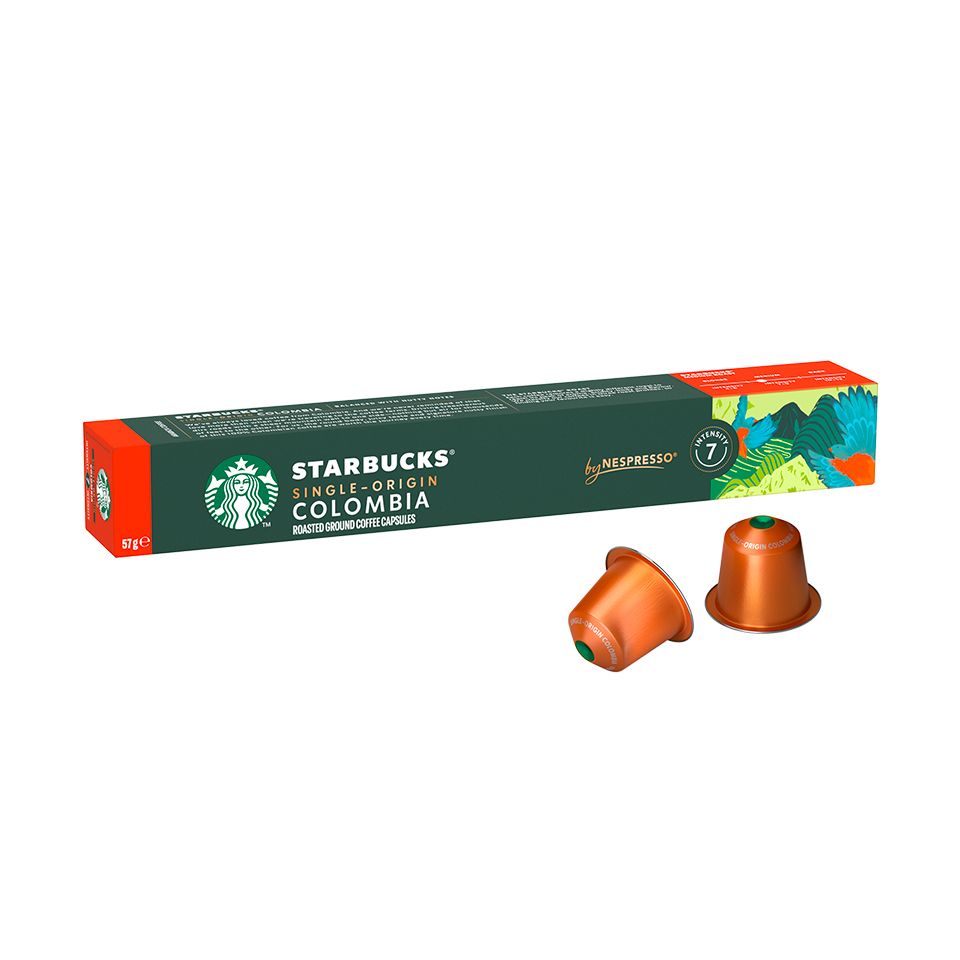A Starter’s Guide to Understanding SOE Single Origin Espresso
A Starter’s Guide to Understanding SOE Single Origin Espresso
Blog Article
Discovering the Abundant Flavors of Coffee Beans: a Deep Study Espresso and Blended Coffee Beans
When you discover the rich flavors of coffee beans, you discover an intricate world where each variety brings its own character to your mug. As you browse through the art of coffee and the creativity behind mixed coffees, you'll begin to value the subtleties that make each sip one-of-a-kind.
The Origins of Coffee Beans: Discovering Terroir and Taste Profiles
When you take a sip of coffee, you're not just enjoying a drink; you're experiencing an abundant tapestry of flavors formed by the beans' origins. Each area produces distinct flavor profiles affected by soil, climate, and elevation. Beans from Ethiopia frequently burst with bright, fruity notes, while those from Colombia have a tendency to provide a well balanced, nutty sweet taste.
As you explore various beginnings, you'll see just how terroir-- the ecological aspects influencing a plant-- plays a crucial function - Single Origin Espresso. The same coffee selection can taste significantly various relying on where it's grown
When you take into consideration these factors, you start to appreciate the complexity behind your cup. Each sip narrates of the land and the farmers that supported the beans. So, following time you delight, think of the trip your coffee took before it reached your hands, and enjoy those complex flavors that mirror its origin.
Comprehending Coffee: The Art and Scientific Research Behind the Brew
When you think of espresso, it's not practically the strong taste; it's likewise about the techniques that bring it to life. Recognizing just how various prep work approaches effect preference can change your developing experience. Allow's check out the details of espresso preparation and uncover the distinct flavor profiles that make each cup special.
Coffee Prep Work Techniques
Coffee preparation is both a science and an art, combining specific strategies with a deep understanding of coffee. To begin, you'll want to select top quality, fresh roasted beans and grind them finely for ideal removal (Single Origin Espresso). The work dimension is vital; as well coarse, and your espresso will certainly be weak, too fine, and it'll be bitter
The outcome must be an abundant, creamy espresso with a lovely layer of crema on top. With practice, you'll understand these techniques.
Flavor Accounts Described
The globe of coffee provides an abundant tapestry of taste profiles that can elevate your coffee experience. When you take that first sip, you'll notice an equilibrium of sweet taste, level of acidity, and anger. Each coffee bean lugs one-of-a-kind notes, from fruity and flower to nutty and chocolaty. Light roasts often showcase bright level of acidity and lively tastes, while dark roasts present deeper, bolder tones.
A well-crafted blend could integrate the brilliant notes of an Ethiopian bean with the rich, chocolatey touches of a Brazilian bean. Welcome the trip of finding espresso's diverse flavors, and you'll change your coffee ritual into an interesting adventure.
Processing Techniques: How They Influence Taste and Aroma
While it may seem that the beginning of coffee beans is one of the most considerable element in establishing their taste and fragrance, the processing approaches made use of post-harvest play a just as important duty. You'll locate that these methods can drastically change the last taste account of your mug.
For instance, the washed process removes the fruit from the beans before fermentation, frequently causing a cleaner, brighter flavor. The all-natural process leaves the fruit undamaged during drying, resulting in a sweeter, fruitier profile.
Various other techniques, like honey processing, strike a balance, permitting some fruit mucilage to remain, supplying a distinct intricacy.
Each handling technique connects with the beans' integral characteristics, improving or muting details flavors and scents. So, when you sip that espresso or mixed coffee, bear in mind that the journey from cherry to mug is influenced not simply by origin however likewise by just how those beans were refined.
Roasting Strategies: Unlocking the Full Possible of Coffee Beans
Roasting techniques are necessary for exposing the complete capacity of coffee beans, as they transform raw, environment-friendly beans right into the fragrant, savory coffee you enjoy. The option of toasting method-- light, tool, or dark-- considerably affects flavor profiles.
A slower roast at reduced temperature levels allows for complicated tastes to develop, while a quicker roast can magnify bitterness. By grasping these methods, you'll disclose a globe of taste, boosting your coffee experience to brand-new heights.
The Magic of Blended Coffee: Producing One-of-a-kind Taste Experiences
Developing a distinct flavor experience with blended coffee can transform your morning ritual into an expedition of taste. By integrating different beans from various areas, you can reveal a symphony of tastes that raise your mug to new heights. Each mix offers an unique account, stabilizing sweet taste, acidity, and body to develop something really special.
When you pick a mix, you're not just picking a coffee; you're selecting a journey across diverse landscapes and cultures. Experimenting with various mixes enables you to discover your personal faves, whether you appreciate fruity notes or rich, chocolatey touches.

Tasting Notes: Identifying the Nuances in Your Cup
As you drink your coffee, you might see a range of flavors dancing on your taste buds, each revealing the complexities of the beans. You may taste the brilliant level of acidity reminiscent of citrus or the deep, rich notes akin to dark delicious chocolate. The sweetness could evoke honey or caramel, stabilizing the total account magnificently.
Pay interest to the body of the coffee-- does it feel light and airy, or is it full and velvety? The coating, as well, provides ideas; a remaining aftertaste may hint at nuttiness or flower touches.

Do not neglect to check out the one-of-a-kind attributes of different beginnings, as each Single Origin Espresso area imparts distinctive flavors - Single Origin Espresso. For instance, Ethiopian coffees frequently present fruity notes, while Colombian beans might showcase a much more rounded sweetness. By recognizing these nuances, you'll grow your gratitude for each mug, boosting your coffee experience to new elevations

Brewing Techniques: Making The Most Of Flavor Extraction for each Bean
When you explore the various brewing methods, you'll uncover that each method can significantly influence the taste profile of your coffee. From French press to pour-over, each method extracts different substances, enhancing or silencing particular notes. Making use of a French press enables oils to stay in the brew, creating a richer preference, while pour-over emphasizes clearness and brightness.
Temperature and grind dimension likewise play necessary duties. A coarser work functions best for cold brews, while a great grind is suitable for coffee. Trying out water temperature level-- between 195 ° F and 205 ° F-- can disclose covert tastes, too.
Do not forget soaking time; a fast removal can bring about sour notes, while over-extraction might yield resentment. By readjusting these variables, you can take full advantage of taste removal and truly elevate your coffee experience. Take pleasure in the trip of finding what technique ideal matches your taste buds!
Frequently Asked Concerns
What Is the Suitable Water Temperature for Developing Coffee?
The excellent water temperature for developing coffee's in between 195 ° F and 205 ° F. If you make use of water that's as well hot, you'll over-extract tastes; also cool, and you won't remove sufficient. Objective for that pleasant place for the very best mixture!
Exactly How Does Work Dimension Affect Coffee Taste?
Grind size considerably affects coffee taste. Better grinds remove extra oils and flavors, causing a bolder preference, while coarser grinds return a lighter taste. Readjusting work dimension aids you achieve your desired coffee profile.
Are There Health Benefits Related To Drinking Coffee?

What Is the Difference Between Arabica and Robusta Beans?
Arabica beans are smoother and sweeter, often featuring fruity flavors, while robusta beans are more powerful with a bitter taste and greater caffeine material. You'll see these differences in aroma and brewing experience.
How Can I Shop Coffee Beans for Quality?
To save coffee beans for quality, maintain them in an airtight container, far from warm, dampness, and light. You'll preserve their flavor longer if you only grind what you need right prior to brewing.
Checking Out the Rich Tastes of Coffee Beans: a Deep Dive Into Coffee and Blended Coffee Beans.
When you check out the abundant tastes of coffee beans, you discover a complex world where each range brings its own character to your mug.When you take a sip of coffee, you're not just taking pleasure in a beverage; you're experiencing a rich tapestry of flavors formed by the beans' beginnings.Roasting methods are crucial for exposing the full potential of coffee beans, as they change raw, eco-friendly beans right into the fragrant, flavorful coffee you appreciate.As you sip your coffee, you may observe a spectrum of flavors dancing on your palate, each revealing the ins and outs of the beans.
Report this page